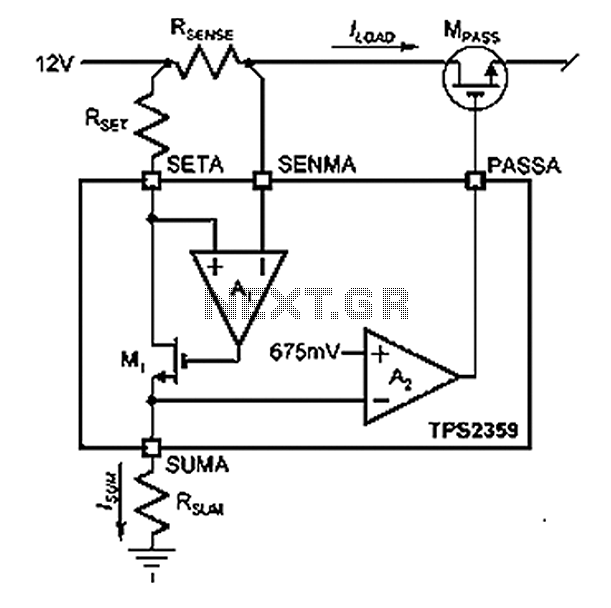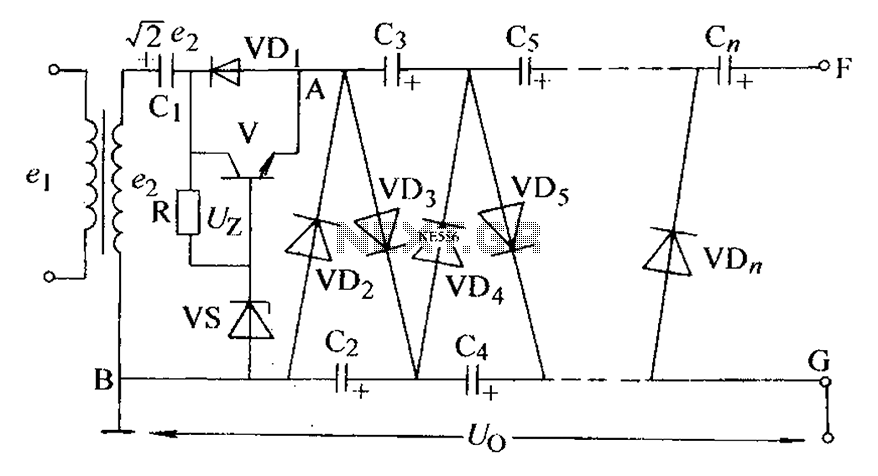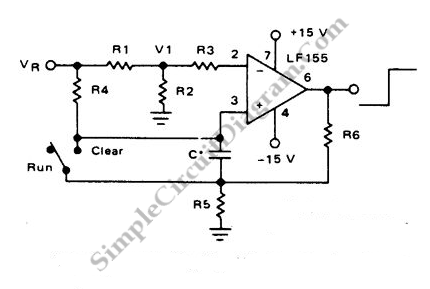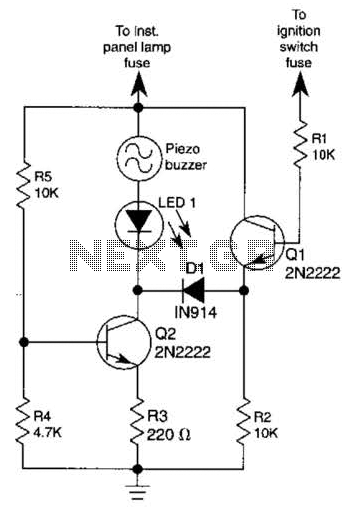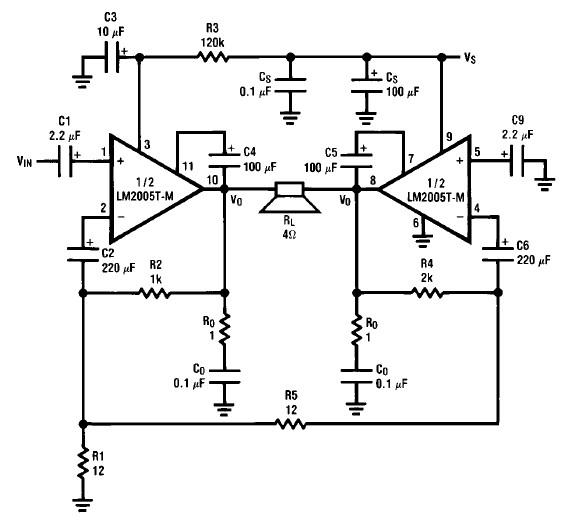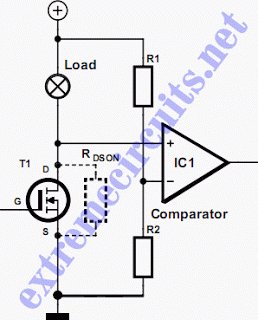
a tan timer circuit diagram
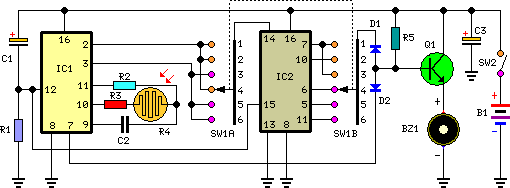
This timer is designed for individuals seeking to achieve a tan while minimizing excessive exposure to sunlight. A rotary switch adjusts the timer based on six classified photo-types. A photoresistor modifies the preset time according to the brightness of sunlight. When the preset time concludes, a beeper emits an intermittent signal, which can only be silenced by completely switching off the circuit using SW2.
The tanning timer circuit comprises several key components that work together to ensure safe tanning durations. The rotary switch allows users to select from six different settings, each corresponding to a specific skin type and recommended tanning duration. These settings are based on the Fitzpatrick skin type classification, which categorizes individuals based on their skin's reaction to UV exposure.
The photoresistor, or light-dependent resistor (LDR), is a vital component that detects the ambient light level. As sunlight intensity increases, the resistance of the photoresistor decreases, allowing more current to flow through the circuit. This change in resistance is used to adjust the timer's preset value dynamically, ensuring that the tanning duration is appropriate for the current sunlight conditions. The adjustment mechanism can be implemented using a simple voltage divider circuit, where the output voltage varies with the light intensity and is fed into a microcontroller or timer IC.
When the preset tanning time elapses, the circuit activates a beeper, providing an audible alert to the user. The beeper can be implemented using a piezoelectric element or a small speaker, generating an intermittent sound to signal the end of the tanning session. To stop the beeping, the user must turn off the circuit completely using switch SW2. This switch is essential for ensuring that the timer can be reset and that the circuit does not continue to operate unintentionally.
Overall, this tanning timer circuit combines user-friendly controls with automatic adjustments based on environmental conditions, promoting safe tanning practices while providing clear auditory feedback to the user.This timer was designed for people wanting to get tanned but at the same time wishing to avoid an excessive exposure to sunlight. A Rotary Switch sets the timer according to six classified Photo-types (see table). A Photo resistor extends the preset time value according to sunlight brightness (see table). When preset time ends, the beeper emits an intermittent signal and, to stop it, a complete switch-off of the circuit via SW2 is necessary..
🔗 External reference
The tanning timer circuit comprises several key components that work together to ensure safe tanning durations. The rotary switch allows users to select from six different settings, each corresponding to a specific skin type and recommended tanning duration. These settings are based on the Fitzpatrick skin type classification, which categorizes individuals based on their skin's reaction to UV exposure.
The photoresistor, or light-dependent resistor (LDR), is a vital component that detects the ambient light level. As sunlight intensity increases, the resistance of the photoresistor decreases, allowing more current to flow through the circuit. This change in resistance is used to adjust the timer's preset value dynamically, ensuring that the tanning duration is appropriate for the current sunlight conditions. The adjustment mechanism can be implemented using a simple voltage divider circuit, where the output voltage varies with the light intensity and is fed into a microcontroller or timer IC.
When the preset tanning time elapses, the circuit activates a beeper, providing an audible alert to the user. The beeper can be implemented using a piezoelectric element or a small speaker, generating an intermittent sound to signal the end of the tanning session. To stop the beeping, the user must turn off the circuit completely using switch SW2. This switch is essential for ensuring that the timer can be reset and that the circuit does not continue to operate unintentionally.
Overall, this tanning timer circuit combines user-friendly controls with automatic adjustments based on environmental conditions, promoting safe tanning practices while providing clear auditory feedback to the user.This timer was designed for people wanting to get tanned but at the same time wishing to avoid an excessive exposure to sunlight. A Rotary Switch sets the timer according to six classified Photo-types (see table). A Photo resistor extends the preset time value according to sunlight brightness (see table). When preset time ends, the beeper emits an intermittent signal and, to stop it, a complete switch-off of the circuit via SW2 is necessary..
🔗 External reference
